Affiliate links on Android Authority may earn us a commission. Learn more.
How to take screenshots on Android
Published onSeptember 15, 2023
Taking a screenshot on Android is actually pretty simple, at least on paper. Where things get confusing is that many Android devices include OEM-specific changes to Android, so there are many different ways to take an Android screenshot.
In this post, we will show you how to take a screenshot on Android devices, regardless of your platform. We have included multiple methods, and some require little to no effort.
QUICK ANSWER
You can take screenshots on most Android devices by simultaneously pressing the power + volume down buttons. This works on almost any device, so it's worth trying before moving on to other methods.
OTHER METHODS
How to take a screenshot on Android using the most compatible method
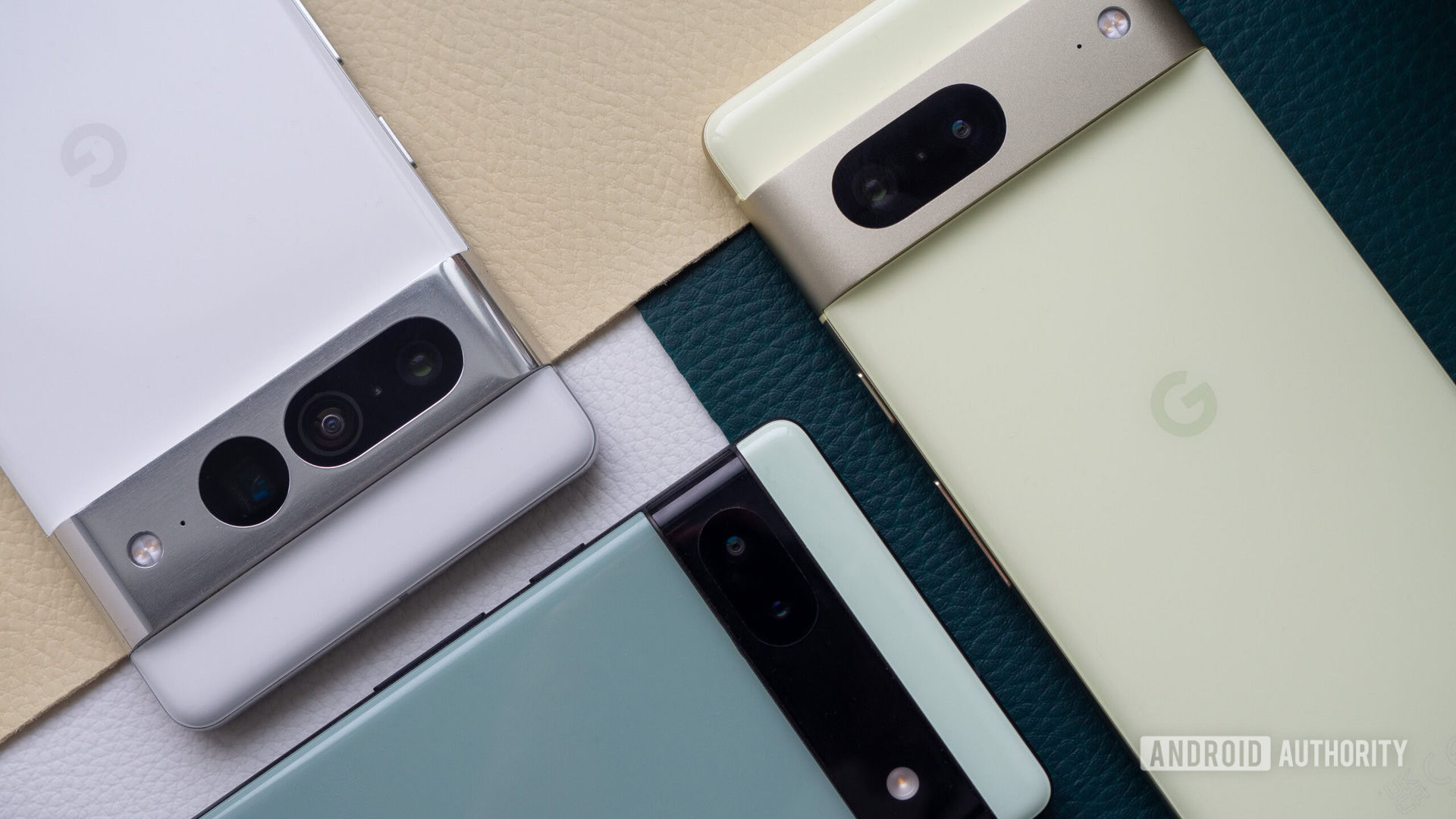
There are multiple ways to capture screenshots on Android, and the great news is that most of the official Google Methods work on pretty much all devices. Let’s go over the most common ways to take screenshots.
Button combination
How to capture screenshots using button combinations:
- Navigate to the app or page you want to take a screenshot of.
- Press the side and volume down buttons simultaneously.
- The system will take a screenshot. It usually also shows you a preview in the lower-left corner of the screen. You can tap; on it for extra options, such as editing, drawing, cropping, sharing, and more.
You might need to use the home + power button combo with older devices. Alternatively, you can press and hold the power button for a few seconds; select Screenshot from the few options that appear.
The volume down + power button combo to take a screenshot will work on most smartphones.
Just ask Google Assistant
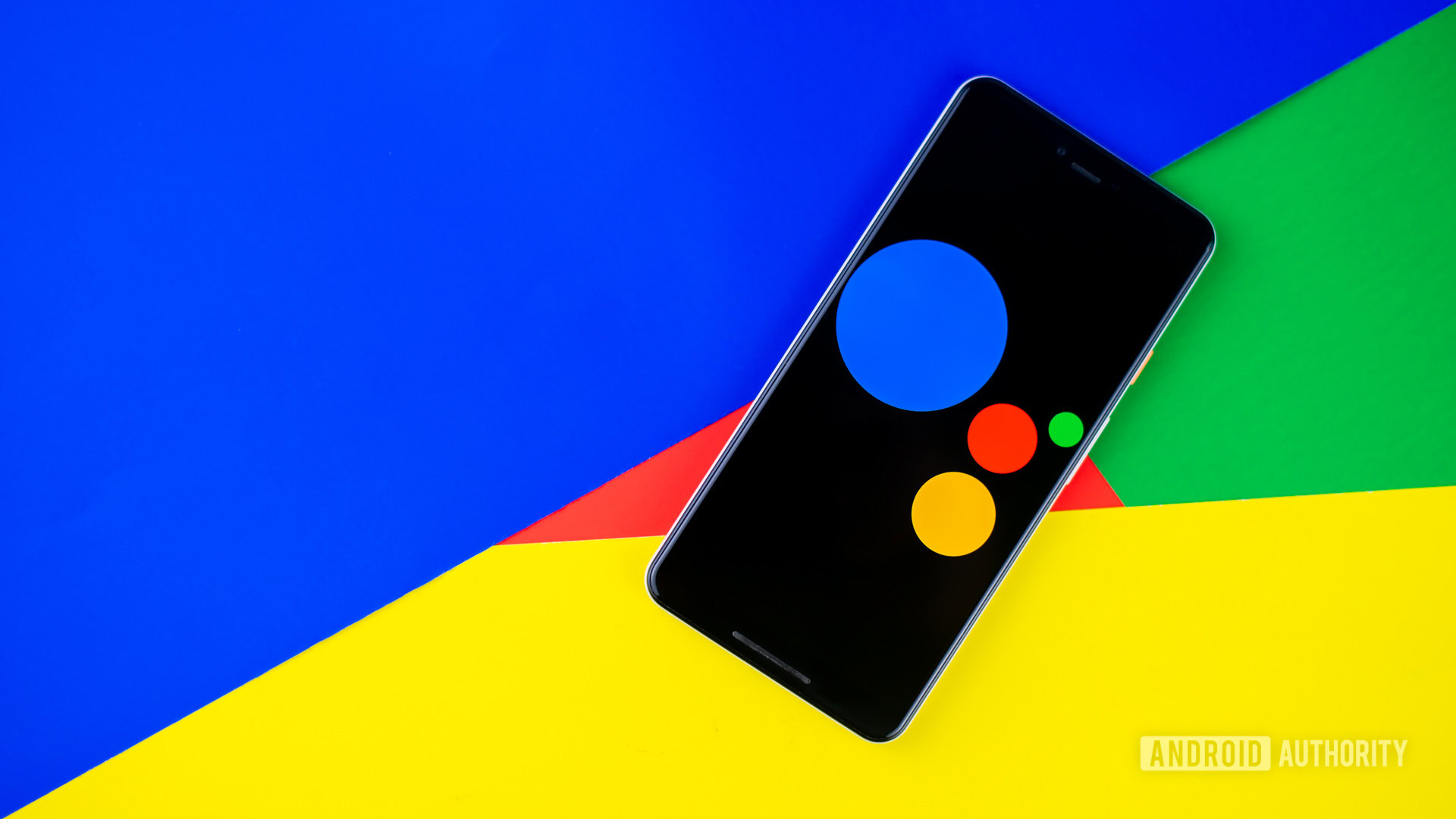
Doing things manually is starting to become a thing of the past. Many of us are starting to rely on Google Assistant or other digital assistants to do many things. One of them can be taking screenshots.
First, let’s make sure you have Google Assistant enabled.
How to enable Google Assistant:
- Launch the Settings app.
- Go into the Google option.
- Tap on Settings for Google apps.
- Select Search, Assistant & Voice.
- Pick Google Assistant.
- Go into Hey Google & Voice Match.
- Toggle on Hey Google.
With Google Assistant enabled, you can now capture your screenshots using voice commands.
How to take a screenshot using Google Assistant:
- Navigate to the app or page you want to take a screenshot of.
- Say “Hey Google” or “OK Google.”
- Say, “Take a screenshot.”
- The system will take a screenshot.
The accessibility menu works too
It’s also possible to take a screenshot using a feature called the Accessibility menu. This puts a floating icon with a bunch of helpful shortcuts over your screen. Let’s show you how to use it.
How to take a screenshot using the Accessibility menu:
- Launch the Settings app.
- Go into Accessibility.
- Select Accessibility menu.
- Enable the Accessibility Menu shortcut.
- Hit Allow and select how you want to access the Accessibility menu.
- Navigate to the app or page you want to take a screenshot of.
- Tap on the Accessibility menu hovering button.
- Find the Screenshot shortcut and tap on it.
- The system will take a screenshot.
These basic methods should be all you need for most Android devices. However, there might be some exceptions. Android device manufacturers often include extra and unique ways of taking Android screenshots. For instance, you can take a screenshot on Samsung phones using the S Pen (if your device has one). Other manufacturers have opted to replace the default method entirely and use their own instead.
How to take a scrolling screenshot on Android
Did you know you can also take a scrolling screenshot? This makes it possible to capture more than what you’re physical screen can show.
How to take a scrolling screenshot:
- Go to the page or app you want to take a scrolling screenshot of.
- Take a screenshot using your preferred method.
- When the small preview shows up in the lower-left corner, select Capture more.
- A separate page will show up. You can drag the edges to select what you want to screenshot.
- Make your selections and hit Save.
How to take a screenshot on Samsung mobile devices
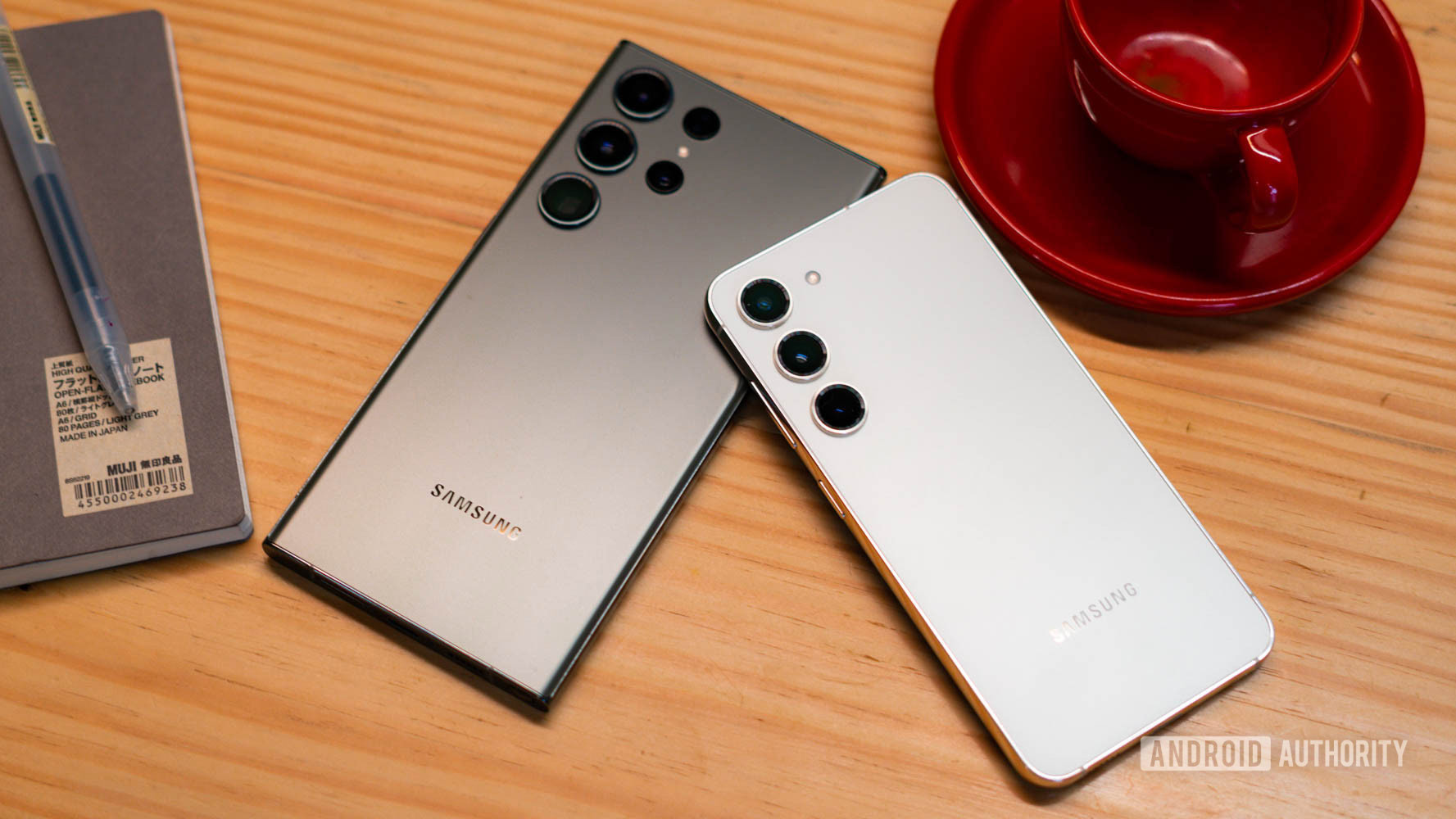
As mentioned, some manufacturers and devices have decided to go rogue and introduce their methods of taking screenshots on Android. In some cases, these alternatives can be used in addition to the three main methods discussed above. In other cases, they replace the default Android options entirely. You’ll find most Samsung screenshot methods below.
Smartphones with Bixby digital assistant
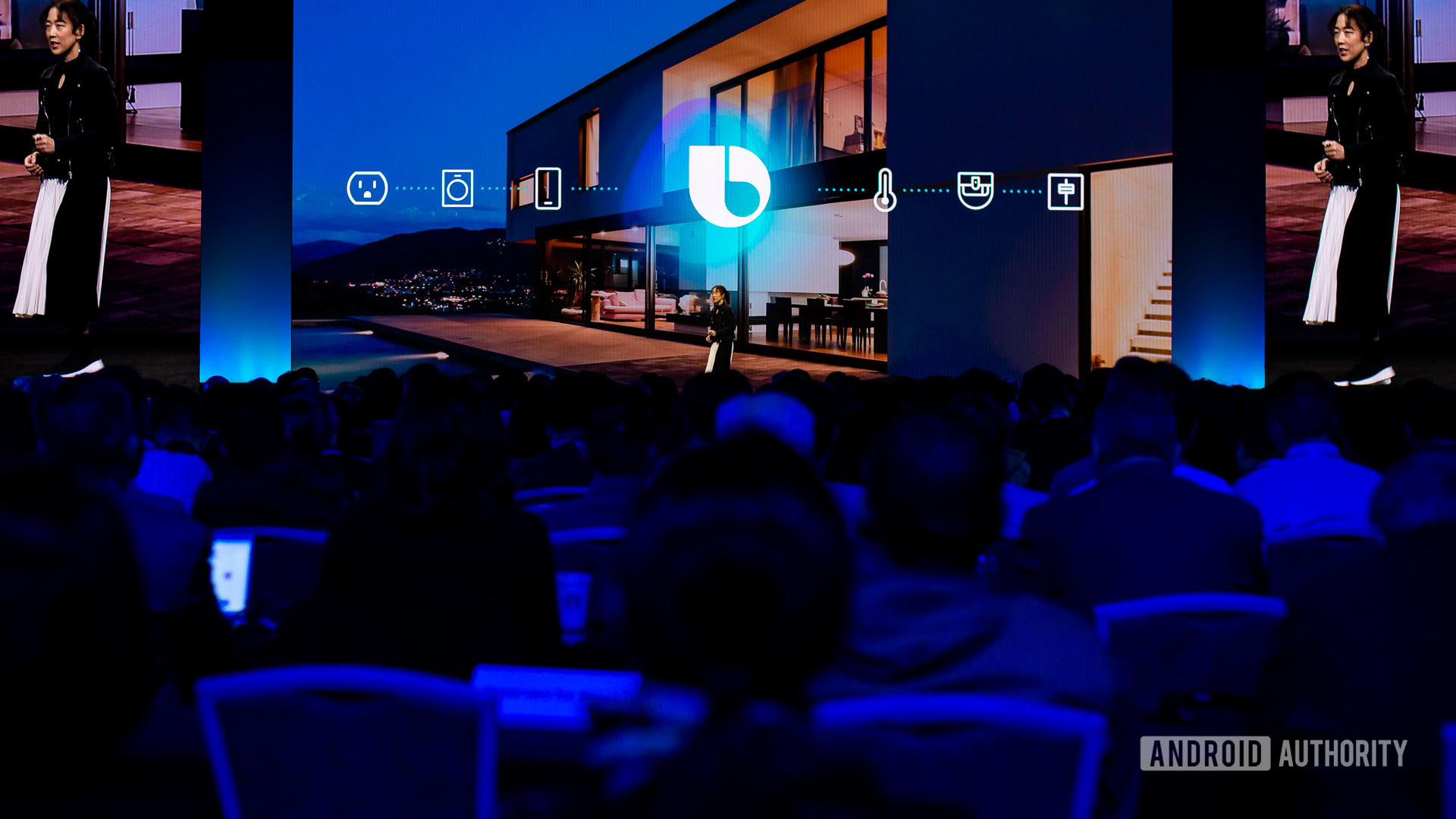
If you own a recent Samsung Galaxy phone, such as the Galaxy S23 Ultra, chances are you have the Bixby digital assistant pre-installed. It can be used to take a screenshot with a voice command.
How to use Bixby to take a screenshot:
- All you have to do is go to the screen where you want to take the screenshot and, if you have it configured correctly, simply say, “Hey, Bixby.”
- When the assistant starts working, say, “Take a screenshot,” and it will do so. You can see the saved shot in your phone’s Gallery app.
- If you don’t have your Samsung phone configured to recognize the “Hey Bixby” trigger words, just press and hold the dedicated Bixby button on the side of the phone, and then say, “Take a screenshot” to finish the process.
S Pen
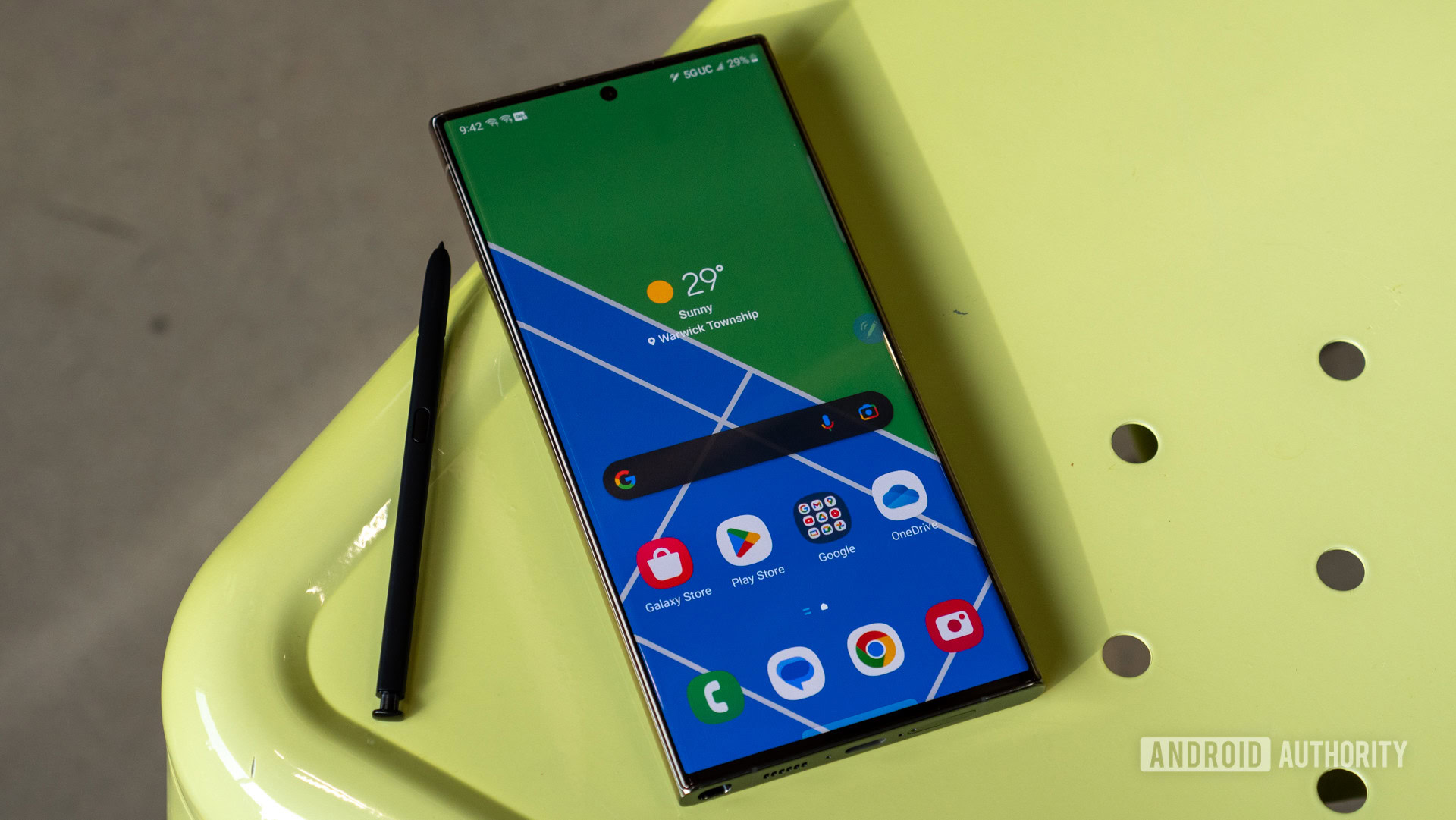
The Galaxy Note series has been phased out, but the S Pen continues, and the Samsung Galaxy S23 Ultra still carries one. You can use the S Pen to take a screenshot, given that your device comes with one.
How to take a screenshot using a Samsung S Pen:
- Pull out the S Pen, launch Air Command (if it’s not done automatically), and select Screen write.
- Usually, after the screenshot is captured, the image will be immediately opened for editing. Just remember to save the edited screenshot afterward.
Palm swipe
There is yet another way to take a screenshot on some Samsung phones.
How to take a screenshot using a Samsung Palm swipe:
- Go to Settings, and then tap on Advanced Features.
- Go into Motions and gestures.
- Scroll down to see a Palm Swipe To Capture option and toggle it on.
- To take a screenshot, simply place your hand vertically on either the right or left edge of the smartphone screen, and then swipe on the display. The screen should flash, and you will see a notification stating that a screenshot has been taken.
Smart Capture
When Samsung decided how to take screenshots on Android, it went all out! Smart capture lets you grab an entire web page rather than just what’s on your screen.
How to use Samsung Smart Capture:
- Take a screenshot using the abovementioned techniques, and select Scroll capture.
- Continue tapping on Scroll capture to scroll down the page. This effectively stitches together multiple images.
Smart Select
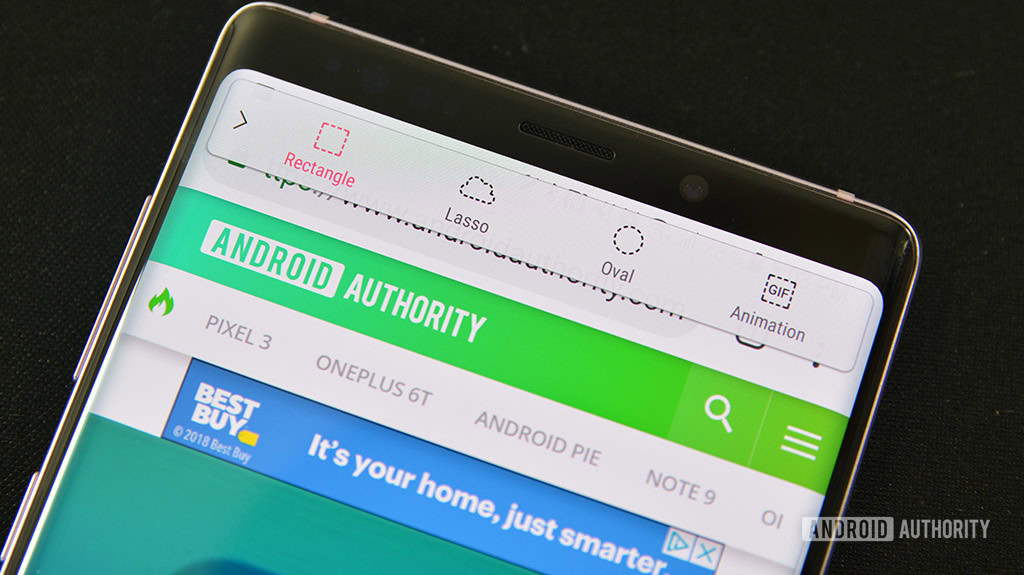
Smart Select allows you to capture only specific parts of what’s on your screen, take oval-shaped screengrabs, or even create short GIFs from movies and animations!
How to use Samsung Smart Select:
- First, you must enable this feature by going to Settings > Display > Edge Panels > Panels > Smart select.
- Access Smart Select by sliding out the Edge Panel and choosing the Smart Select option.
- Pick the shape and select the area you want to capture.
- Hit Done.
How to take screenshots on Google Pixel devices
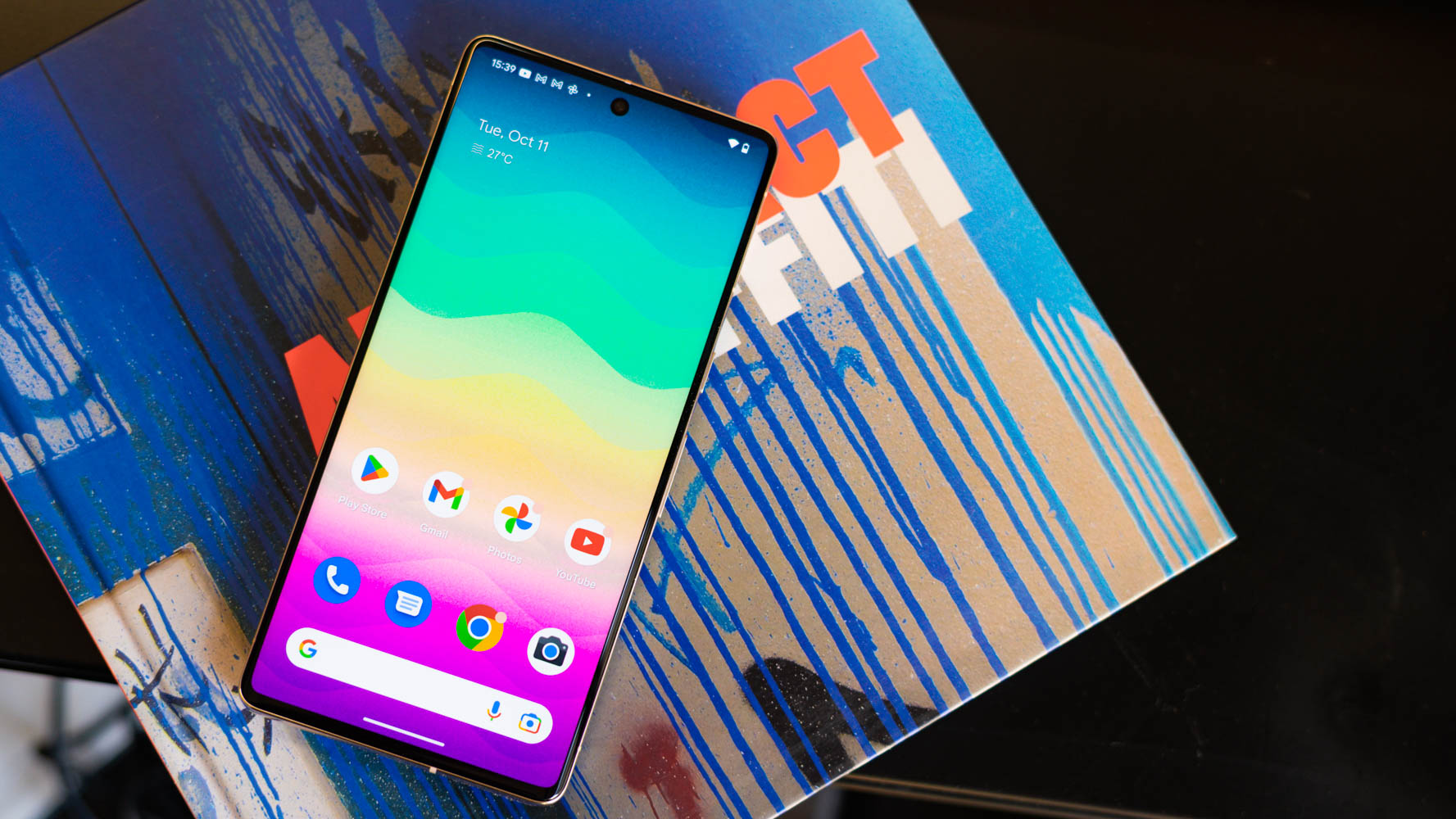
Since Google Pixel devices run Pixel UI, these handsets use all the standard methods for taking screenshots. You can go back to the first section of this post for specific instructions, or just press the side and volume down buttons simultaneously.
We also have a dedicated guide on taking screenshots on the Google Pixel 7.
How to take screenshots on LG mobile devices

LG may have exited the smartphone market, but some of you still have its devices. While you can use the default methods to take screenshots on LG devices, there are also a few other options.
Notification area button
You can easily take a screenshot by pulling down the notification area and tapping the Screenshot button. It looks like a square.
Air Motion
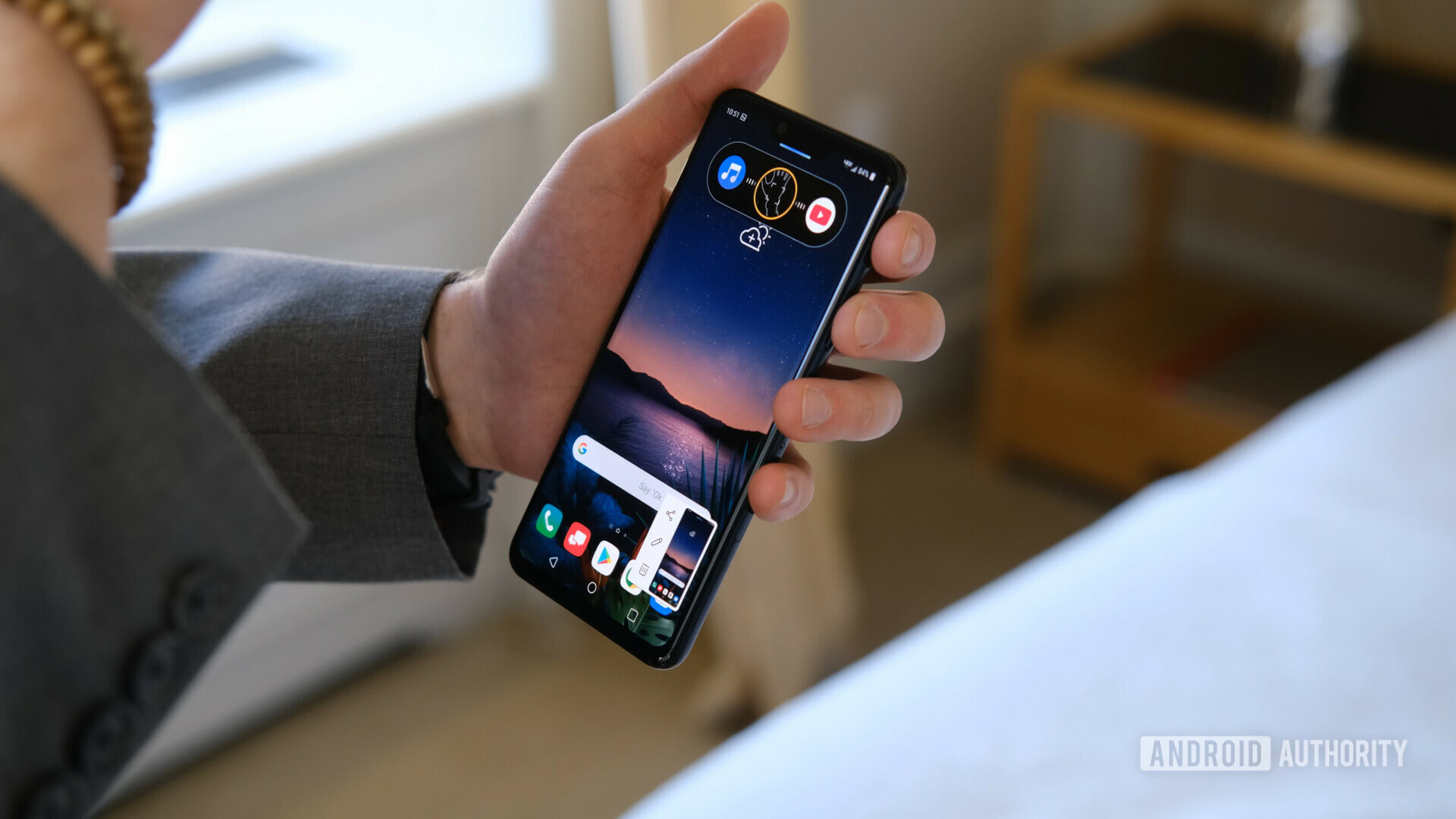
Another option is to use Air Motion. This works with the LG G8 ThinQ, LG Velvet, LG V60 ThinQ, and other devices. It involves using the built-in ToF (time-of-flight) camera to recognize air gestures. Just wave your hand over the device until you see the icon showing that it has identified the gesture. Then pinch the air by bringing your fingertips together, and then pulling them apart again.
Capture+
Not enough options for you? Another way to take screenshots on older devices like the LG G8 is to pull down the notification bar and tap the Capture+ icon. This will let you grab regular screenshots, as well as extended screenshots. You’ll then be able to annotate the screenshots as well.
How to take a screenshot on Android via third-party apps
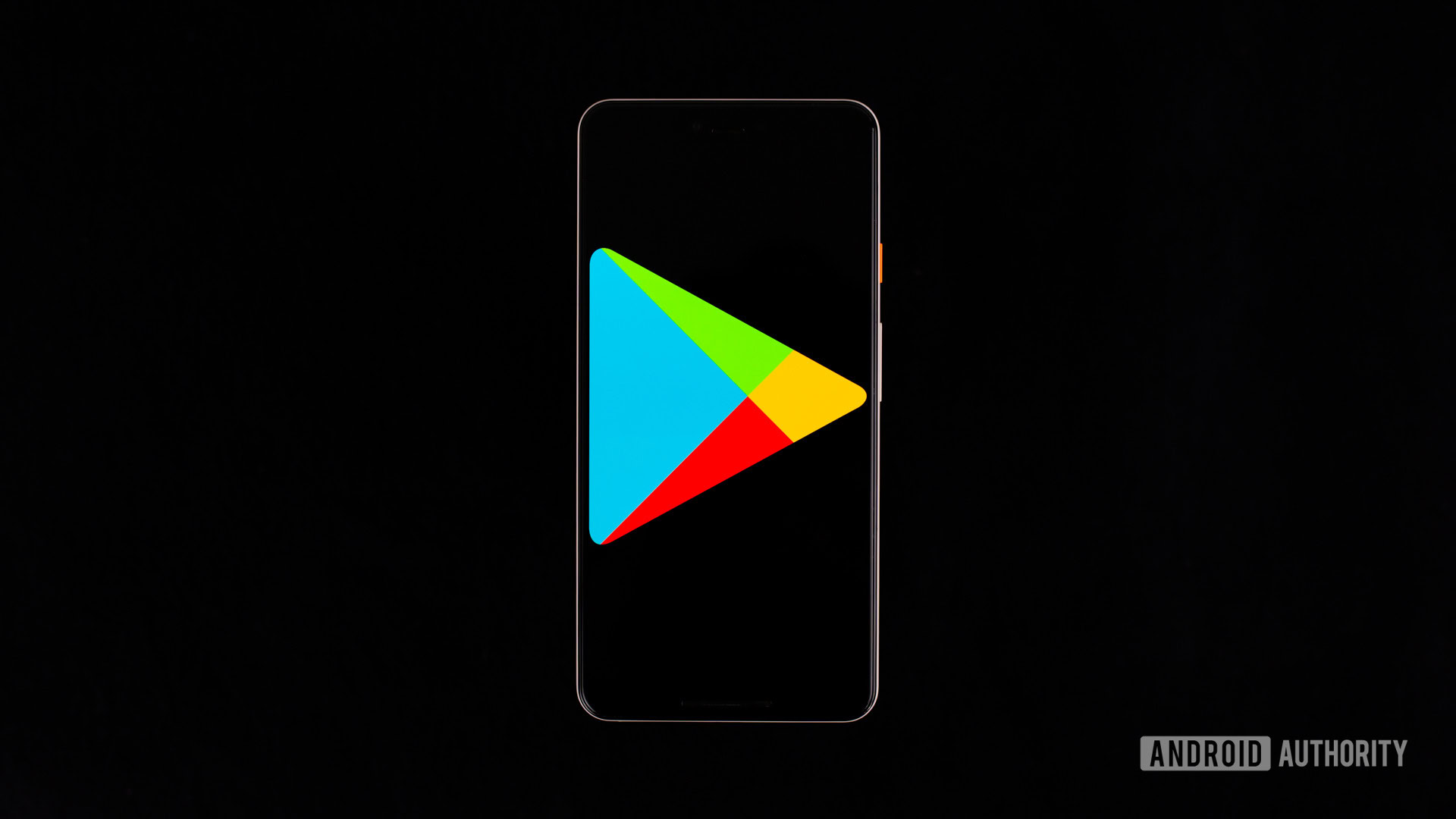
Not content with how to take screenshots on Android the standard way? Then, you can always try installing additional screenshot apps that will provide you with more options and functionality. Some good examples include Screenshot Easy, and Super Screenshot. These apps don’t require root and will let you do things like recording your screen and setting a range of different triggers. You could even set up your own screenshot methods using Tasker!
FAQs
Android screenshots are stored at the same resolution as your screen.
Where your screenshots are stored highly depends on your device and manufacturer. You’ll usually be able to access them from the Gallery or Google Photos app. You can also use a file manager to find screenshots in your folders, usually labeled as Screenshots.
You can take a screenshot on most Android phones by pressing the Power and Volume Down buttons simultaneously. Most phones have additional methods for doing this, though.
Definitely! A screenshot is just an image, and you can edit it just like any other photo. Some manufacturers make drawing, cropping, or altering screenshots much simpler, though.
If an image can say a thousand words, imagine how much a video can express. You can also record videos of your Android screen either using the native tool or one of the best screen-recording apps. If you’re using another Android phone, we also have dedicated guides for taking screenshots on Apple, Xiaomi, HUAWEI, OnePlus, and Motorola.